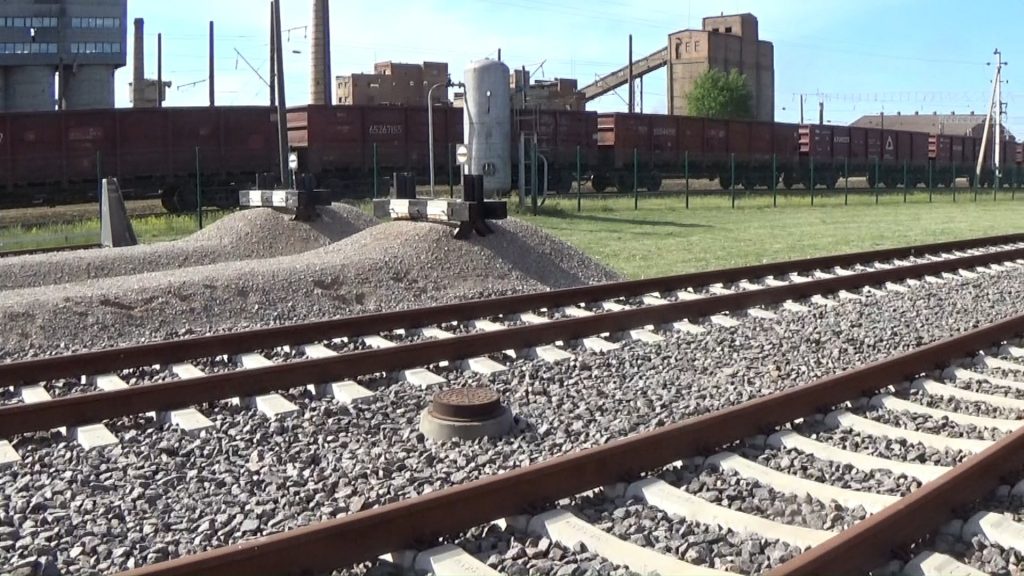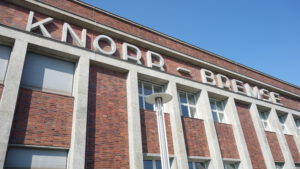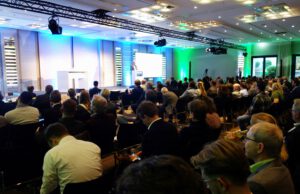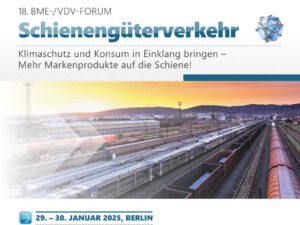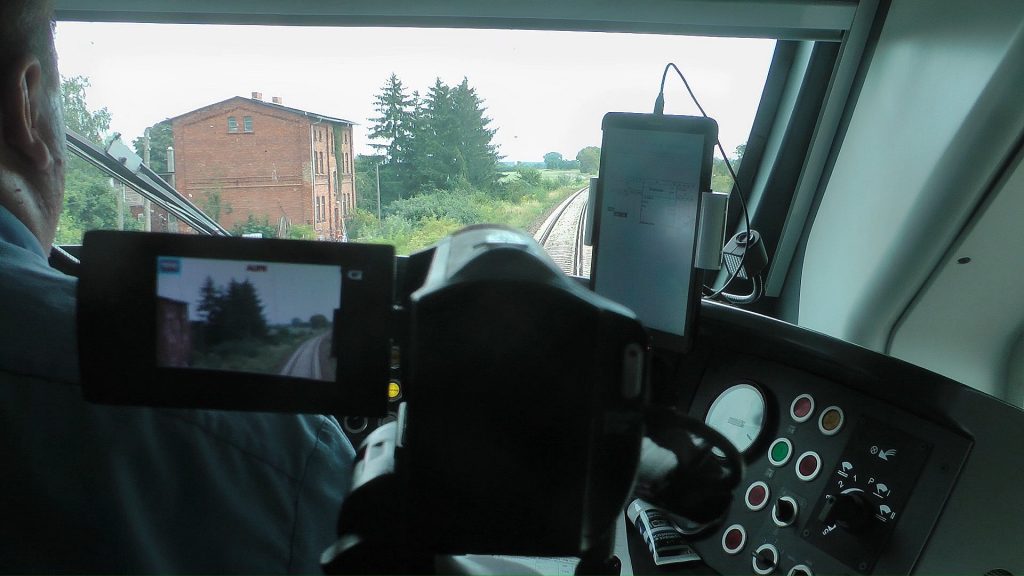Intensive infrastructure modernisation works have proceeded for two years at the railway hub found in Lithuania’s second-largest city, Kaunas. With them completed in summer 2021, the Kaunas intermodal freight terminal in Palemonas, on the outskirts of Kaunas, is now linked by a direct European-gauge connection to the EU Trans-European Transport Network (TEN-T).
– This is a historic event for Lithuania, says Karolis Sankovski, CEO of LTG Infra, the state owned Lithuanian railway infrastructure company. – After a pause lasting more than 80 years, thanks to the EU-financed project Rail Baltica, the Lithuanian railway system has once again been connected to Europe through Poland.
The last time freight trains reached Kaunas railway station directly by European gauge rail (1,435mm width) from Poland was in 1939. When the Soviet Union occupied Lithuania, the European standard gauge railway was immediately remade into the wide (1,520mm) gauge used in post-Soviet countries. This state lasts until nowadays.

Kaunas – one of the most modern railway nodes
According to Karolis Sankovski, the railway section between Kaunas train station and Palemonas is one of the most important in the entire Rail Baltica project.
– The main task of the project has been completed in line with a strict contracting schedule, as the KIT has been directly linked to European rail infrastructure. From now on, KIT will be the most Eastern point of the European rail network, which can soon be reached by freight trains via European standard gauge rail. The completion of works on this stretch will allow us to continue successfully developing this project toward Latvia and Estonia, he says.
The modernisation work on Kaunas railway node, adapting it to the Rail Baltica requirements, was launched in spring 2019. During the modernisation project, European standard gauge railway was laid down through Kaunas to Palemonas, the historical Kaunas railway tunnel was modernised, four tunnels were constructed which will allow safe railway crossing for cars and pedestrians, city infrastructure close to the railway was reconstructed, and extra noise protection solutions were installed.
Around 2km of parallel 1435/1520mm gauge railway was laid down inthe Kaunas railway tunnel, and also near to it. Also, around 3.6 km of existing 1520 mm gauge railway was reconstructed, and a new 9km-long 1435mm gauge railway was laid down.
In total, Kaunas railway node comprises four sections: Kaunas-Palemonas, Jiesia-Kaunas, Jiesia-Rokai and Rokai-Palemonas. The reconstruction of the section Jiesia-Kaunas was completed in August 2015, and Jiesia-Rokai in October 2018. Construction work on the Rokai-Palemonas section is due to start in 2024. According to Sankovski, with construction work completed, Kaunas railway node will become one of the most modern railway nodes, with a majority of all freight trains travelling down the Rail Baltica line passing through it.
The new opportunities emerging from the European standard gauge railway infrastructure reaching Kaunas Intermodal Terminal, will not only save businesses on logistics expenses but will also reduce pollution, congestion, noise, road traffic accidents and other negative environmental impacts of road transportation, Sankovski says.
What is also important is that the European gauge railway will be laid further beyond Kaunas up to Latvia and Estonia, integrating the countries into the EU railway network.
Hermann Schmidtendorf, Editor-in-chief


